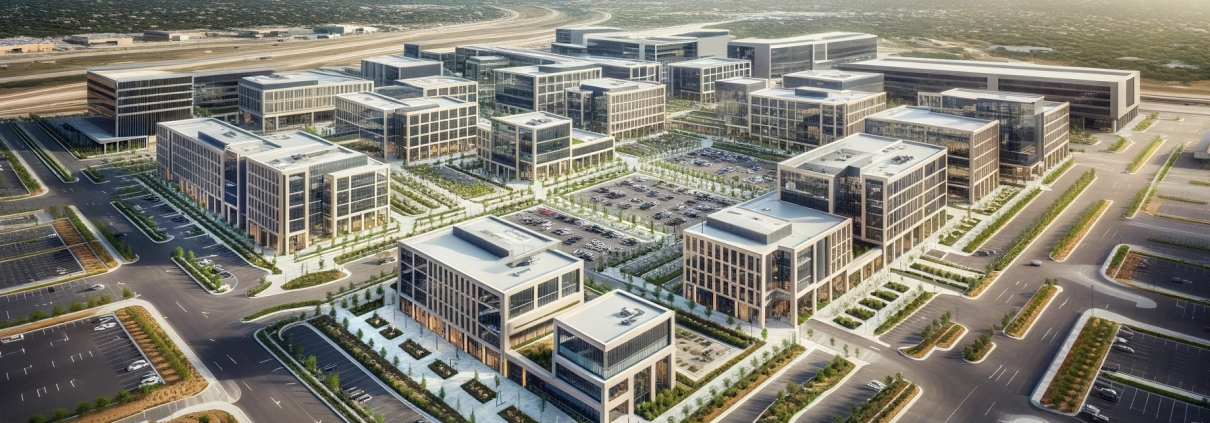Tenant
A business, organization, or individual that occupies property or land rented from a landlord or lessor under a lease agreement. In commercial real estate, this term typically refers to entities who lease spaces such as offices, retail locations, warehouses, apartments, manufacturing facilities, etc. The lease outlines critical aspects such as rent payments, lease duration, usage rights, maintenance obligations, and other conditions. Legally, a tenant holds temporary possession and use of real estate, compensated by rent or other agreed-upon considerations as specified in the lease contract.
While “tenant” and “lessee” are often used interchangeably, particularly in commercial real estate, distinctions arise in their application and connotation. “Tenant” is a broader term applicable to various leasing contexts—residential, commercial, or industrial—and generally focuses on the aspect of occupancy. In contrast, “lessee” is favored in formal and legal settings, underscoring the contractual obligations of the lease agreement.
Also see Lessee.
Putting ‘Tenant’ in Context
SummitView Real Estate Investments and Oakridge Business Park
In the suburban outskirts of Austin, Texas, SummitView Real Estate Investments recently acquired Oakridge Business Park, a sprawling office complex covering 200,000 square feet. This acquisition, characterized as a core-plus investment, aimed to capitalize on the growing demand for office spaces in less urbanized areas, with a strategic plan to slightly improve the property to boost occupancy and rental rates.
Tenant Profiles and Lease Agreements
Oakridge Business Park is home to a diverse mix of tenants, including a major tech startup, several law firms, and a regional healthcare provider. Each tenant has signed a lease agreement that outlines not only the square footage they occupy but also specific terms including:
- Rent Payments: Variable, based on the size and location of the leased space within the complex.
- Lease Duration: Ranges from 3 to 10 years, with options for renewal.
- Usage Rights: Clearly specifies the type of business activities permitted in their spaces to avoid conflicts among tenants.
- Maintenance Obligations: Tenants are responsible for maintaining their interiors, while SummitView manages common areas and structural issues.
Operational Implications
The operational success of Oakridge Business Park hinges significantly on tenant management. Effective management ensures that tenants like the tech startup, with its dynamic space requirements, and the healthcare provider, needing stable, long-term occupancy, are accommodated efficiently. This dynamic affects not only tenant satisfaction and retention but also the overall financial health of the investment. SummitView’s ability to negotiate favorable lease terms while maintaining flexibility is crucial in responding to the evolving commercial real estate market in suburban Austin.
This scenario is hypothetical and designed to provide context on how diverse tenant profiles and detailed lease agreements play a pivotal role in the management and financial success of commercial real estate properties like Oakridge Business Park.
Click here to get this CRE Glossary in an eBook (PDF) format.

